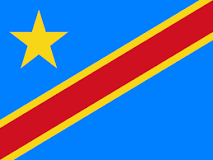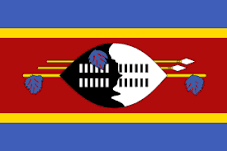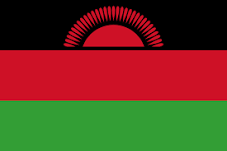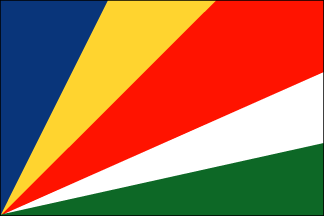Zimbabwe

Zimbabwe occupies 390,757 km² of land in south central Africa, between the Limpopo and Zambezi rivers. The land-locked country is bounded by Mozambique to the east, Zambia to the north, South Africa to the south, and to the south west by Botswana. It lies wholly within the tropics and is part of the great plateau which traverses Africa.
Farming systems in Zimbabwe consist of three major undertakings, namely crop farming, livestock and cash crop farming. Crop farming is practised by the majority of the population while livestock farming is concentrated in the drier regions of the country. Livestock farming had declined significantly during the land reform era. Cash crop farming is restricted to tobacco, cotton, horticulture and sugar.
Agriculture is a dominant and significant sector in the Zimbabwe economy. It contributes 19% of GDP and up to 60% of total domestic employment. Agriculture is a major supplier of raw materials to the local industry for downstream beneficiation. The climatic experienced in Zimbabwe favours agricultural production of a wide range of crops and livestock including fisheries and forestry though on a smaller scale
























































